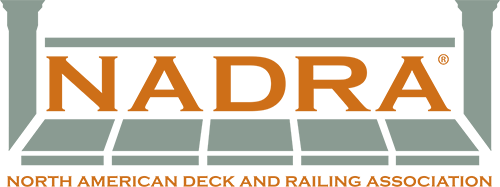My family has a clear, giant flower vase—I’m talking 2 feet high—that sits in the corner of the dining room. Every day, family members put any spare change we accumulate into the vase rather than bury it in dresser drawers or lose it. These quarters, dimes, nickels and pennies are both valuable and somewhat of an afterthought at the same time. In December each year, our kids love going to the local grocery store where we can dump the vase
into the Coinstar machine. The clink of the coins going in the machine is like a slot machine in reverse and the kids’ eyes are glued on the digital display rapidly rising with each pour of the vase into the machine. Every time, we’re flabbergasted to find our daily change amounts to hundreds of dollars. It feels like free money and quickly turns into a new book, a new toy, or new apps for their Kindles.
Most companies try to increase profitability by selling more or cutting expenses or both. Usually, expense cuts are about taking something a
way, which can often hurt customer experience, add to risk, or make the task of winning new customers more difficult. Your A/R program, however, is a gold mine of opportunity to delight your customers while saving you money in the process. It’s your own giant vase of hidden money.
The key to unlocking the money is to make it easy for your customers to pay you quickly. The following four best practices of A/R automation will lead you to significant savings while delighting your customers:
Enable Self-Serve with Online Customer Account Tools
Your customers should have the ability to view purchases, download statements, dispute charges, and yes, pay online. It’s old hat for consumer purchases but strangely uncommon in the B2B world. Every action a consumer can take to self-serve means you aren’t paying someone to answer the call, research what they need, mail a statement, etc. By enabling them to pay online, you make life easier for your customer’s AP or bookkeeper, and you’ll get paid more quickly. By making all of their purchase and payment detail available 24/7, your customers will never be able to hide slow payment behind “I never got the invoice”. Finally – any question that can be answered within the customer portal means they’re not using your sales reps for help. And that’s where they often go first, isn’t it? Keep your sales reps selling, not doing customer service.
Accelerate Collections with Automated Notifications
Everyone has an email address and a smartphone. We look through these dozens of times a day. Why are you relying on the US Postal Service to drive your payment collection process? Set up automated email notifications to let your customers know what’s due and when. These can be statement due reminders, past due notices, account alerts, etc. With a click of a button, you can do for every customer what would take hours or days with phone calls. If you include a link to online account tools where they can pay – you made it simple to do what you need. An email isn’t intrusive or confrontational the way a collections call could be and it’s viewed by most as a helpful reminder. For those that don’t like them, make notifications configurable.
Improve Risk Reads and Account Set-Up with Online Instant Decisioning
Most merchants have a manual, judgmental underwriting process for B2B customers, if they do credit screening at all. The customer fills out the application and then someone manually pulls a credit bureau file, evaluates whether the applicant is creditworthy, and then decides whether to grant credit and how much. The whole process can take hours to days. Here’s an important insight: the vast majority of all applicants can be more effectively risk evaluated, instantaneously, with the right credit risk scoring models. Think of how much easier it is for the customer and less expensive for you to have the customer complete the application online in 3 minutes, get instantly approved, and have the account ready for any purchase right then and there.
Quickly and Accurately Allocate Payments with Algorithms
Matching payments to specific purchases occupies a TON of manual effort and cost for most merchants. It doesn’t have to be that way. Build algorithms to help match payments received to the lockbox with the proper customer and invoice they belong to. Over 80% of payments will likely be matched through this automation. Another win-win. These best practices will find advocates in the CFO, the credit manager, and the sales and marketing teams. They work in favor of what everyone wants, rather than desired by some and resisted by others. All of these best practices can be built yourself if you want to spend the time upfront to do so. Better, in our view, is to take advantage of the solutions that already exist in the marketplace and tailor them to your needs. Some are software providers where you can plug in modules compatible with your ERP. Others, like BlueTarp, build your customized program and manage it for you. Whatever you choose, I’m confident you’ll find that incorporating automation in the right areas will save you a lot of money while attracting new customers and keeping existing ones.
About the Author:
BlueTarp helps B2B suppliers fund the growth of their business by paying them upfront for their sales and protecting them from credit risk. Customize your program by choosing to manage customer interactions as you do today, while we stay behind the scenes. Or, select a full-service option where we handle customer service and collections for you.
Learn more about NADRA members, Blue Tarp here
